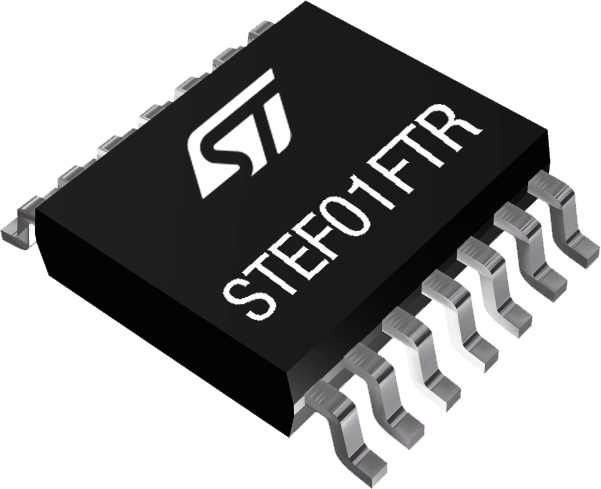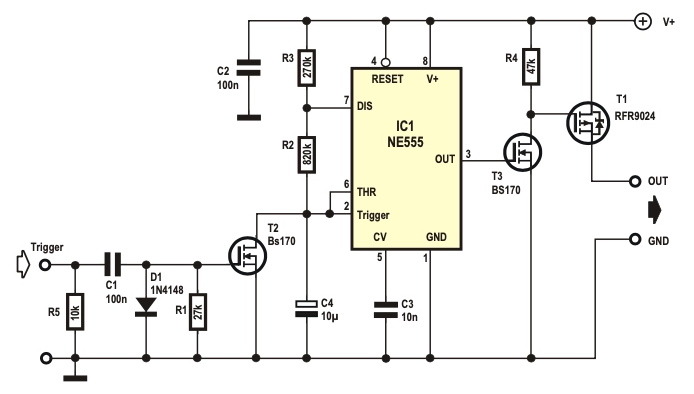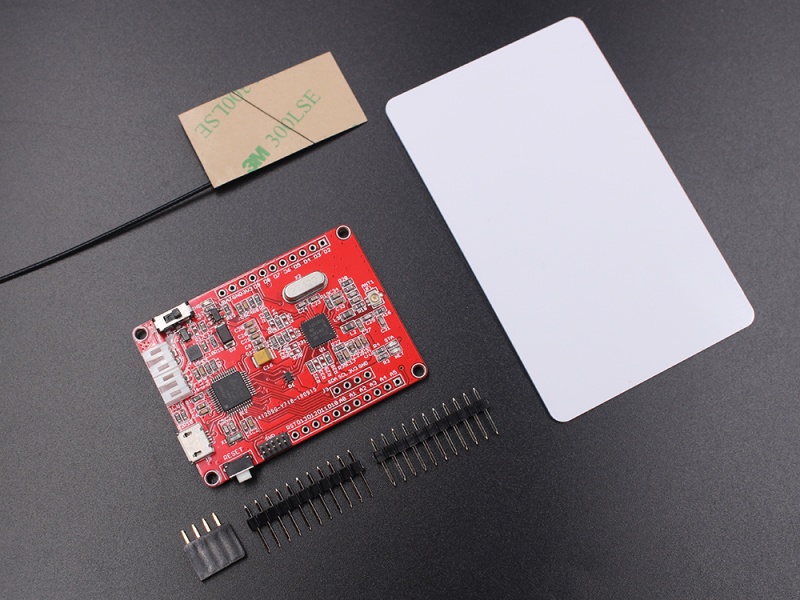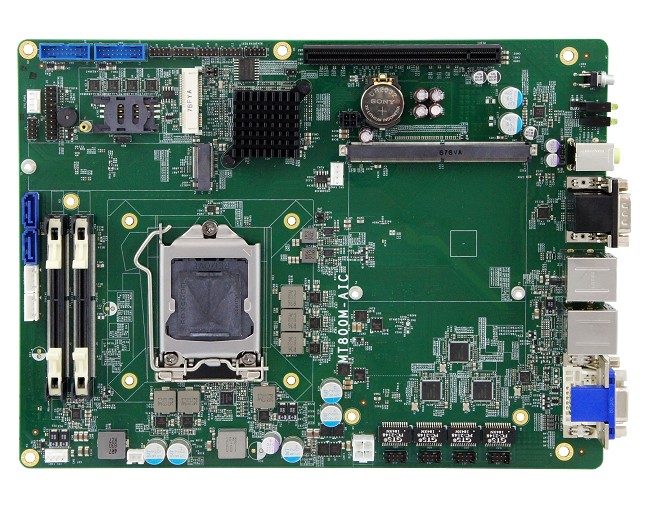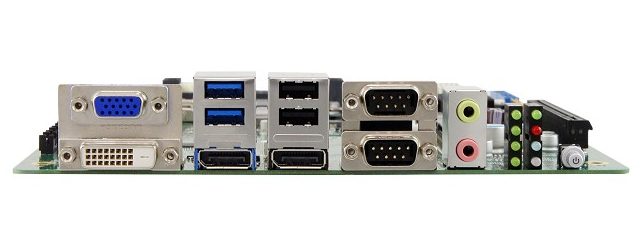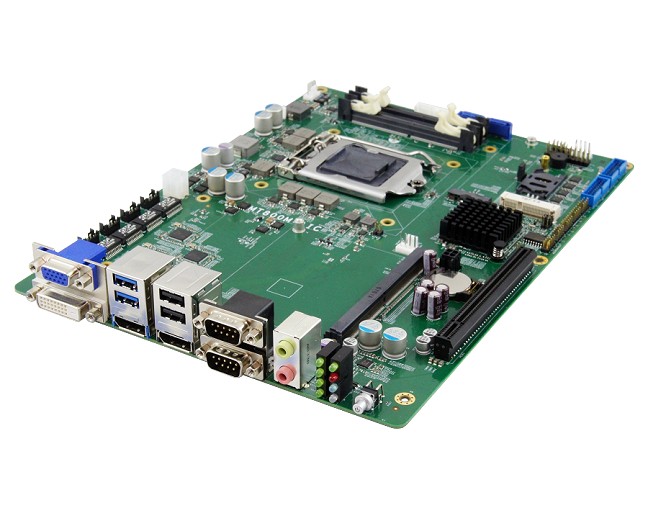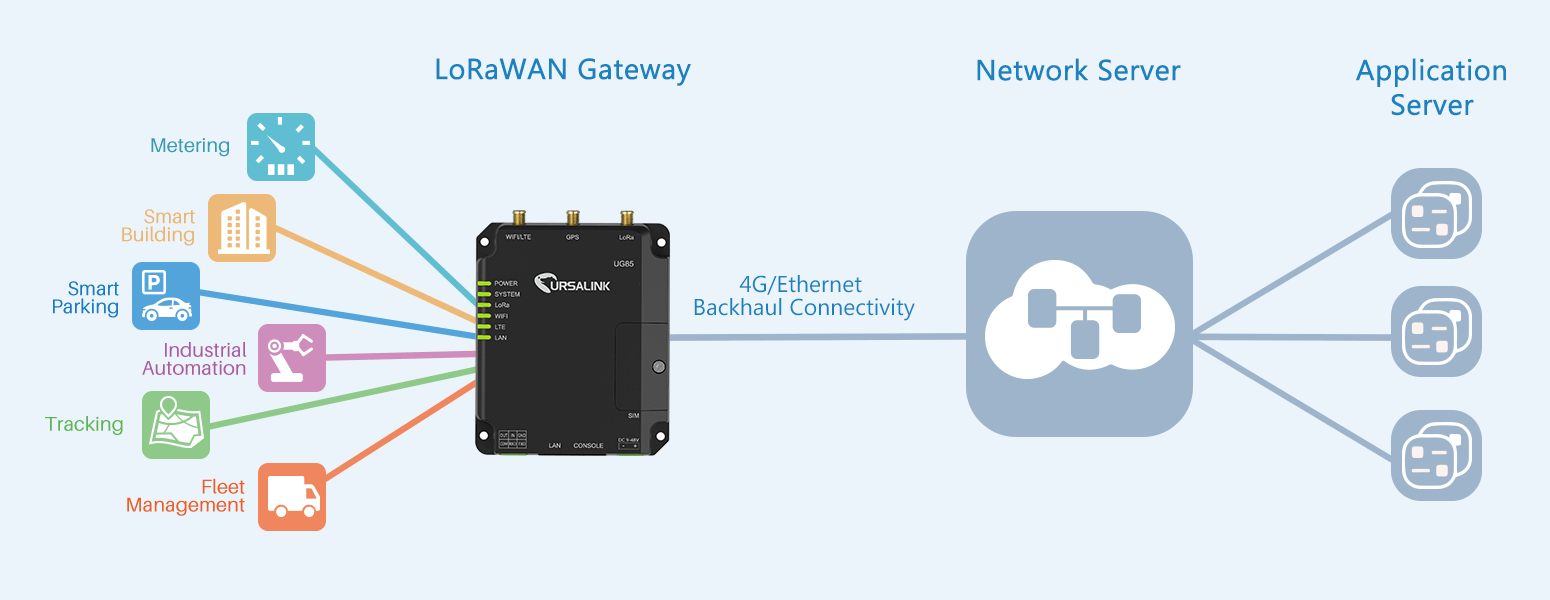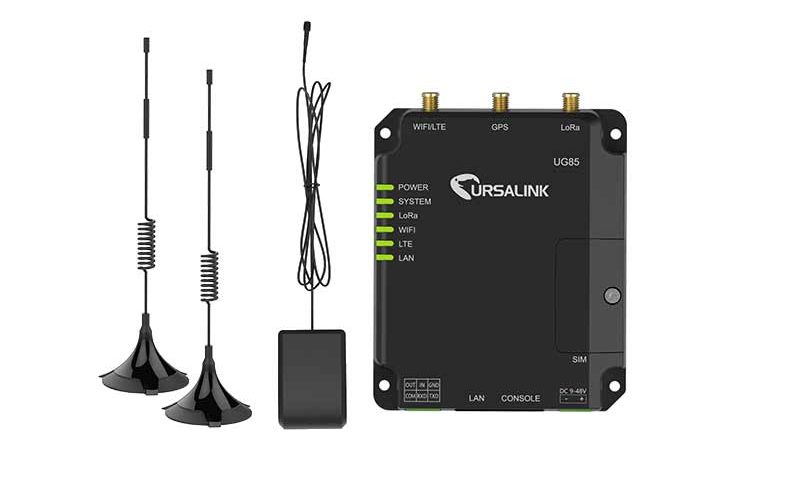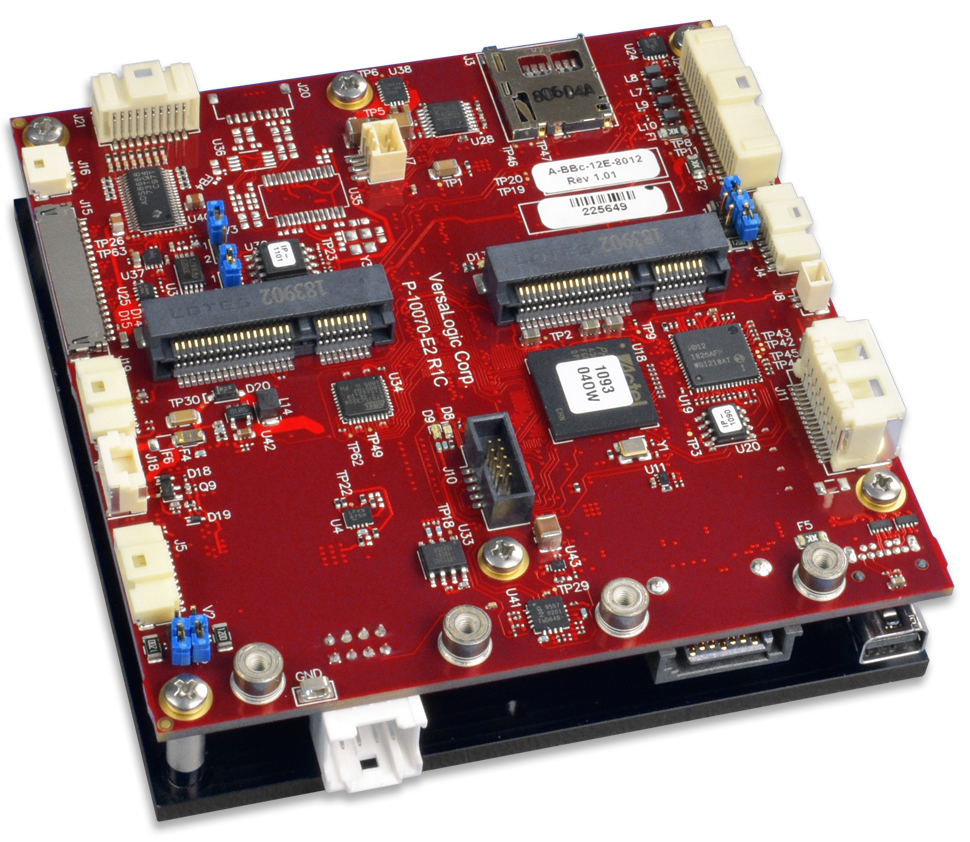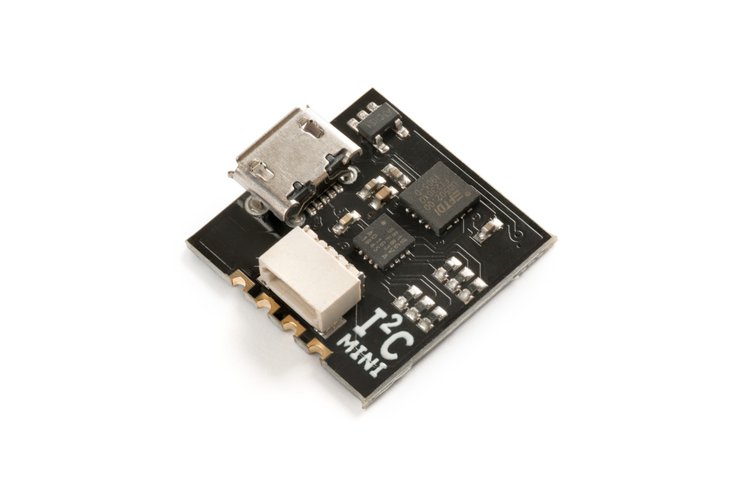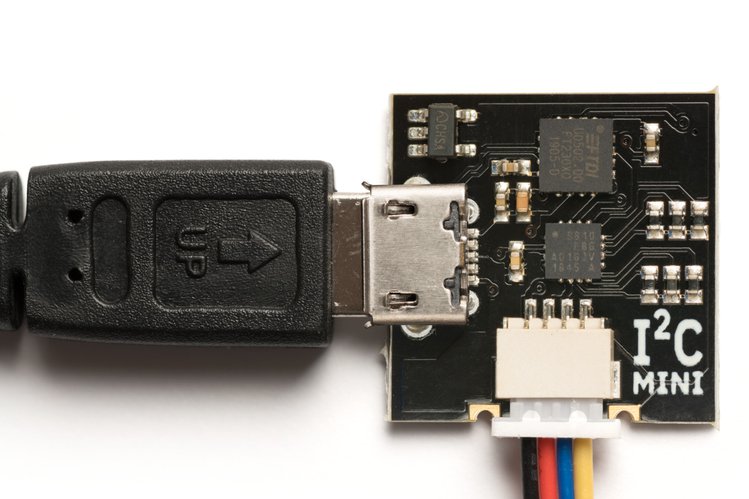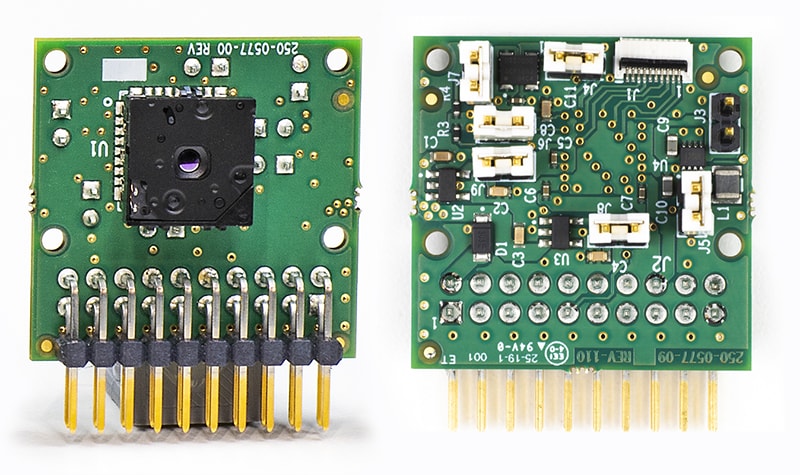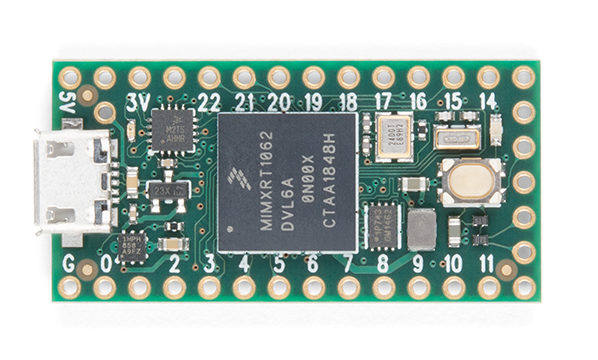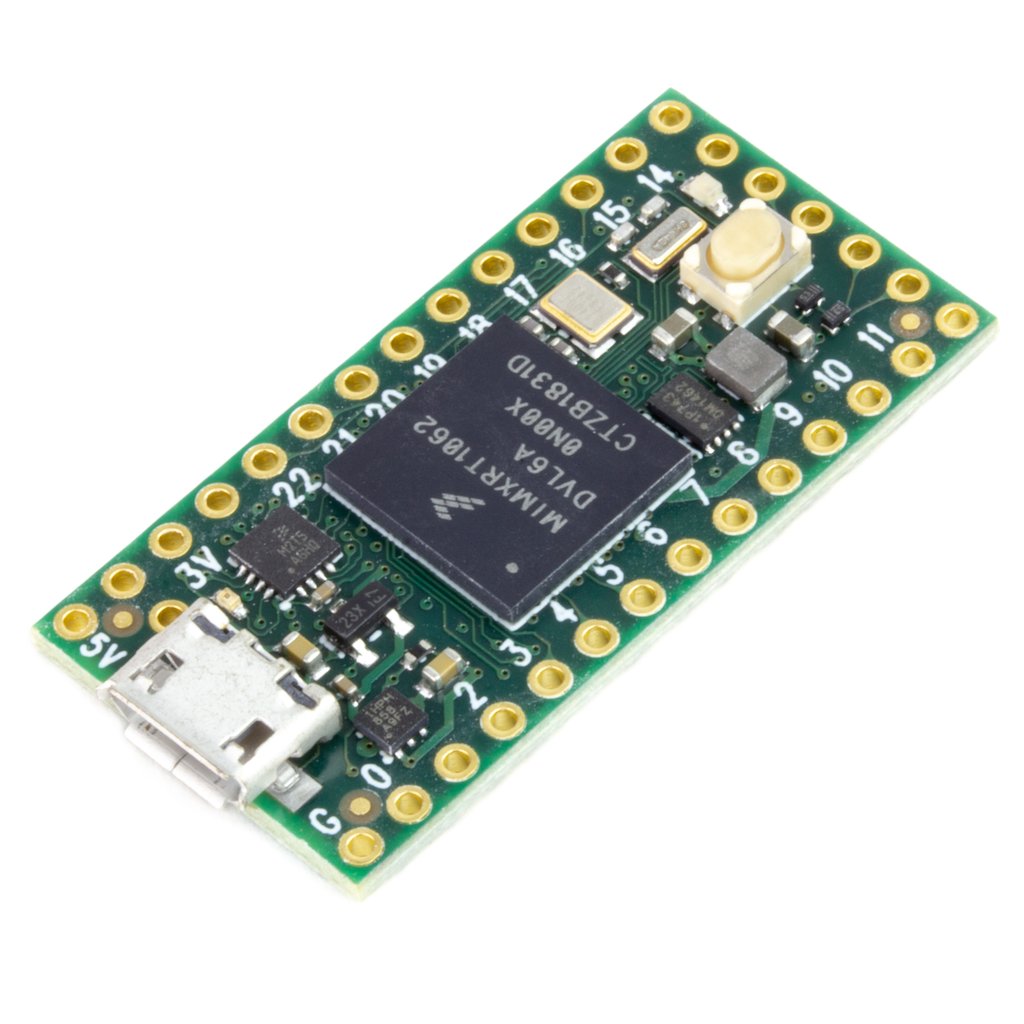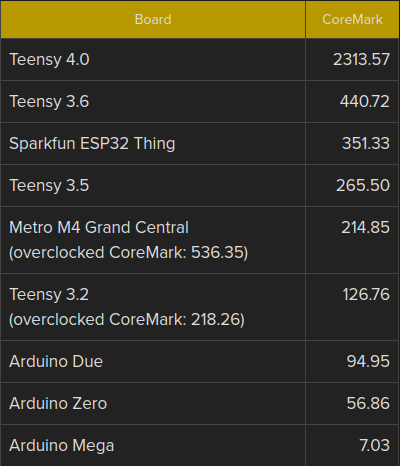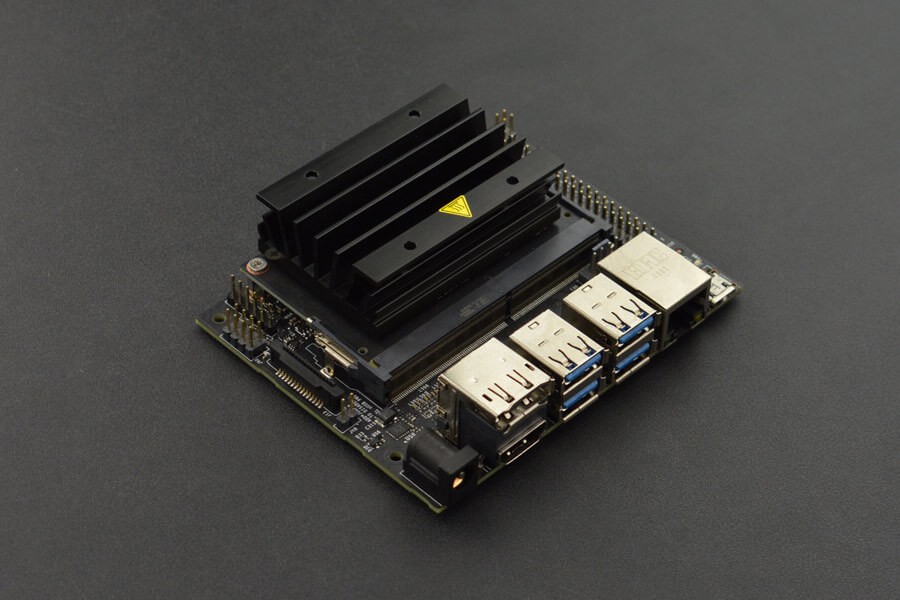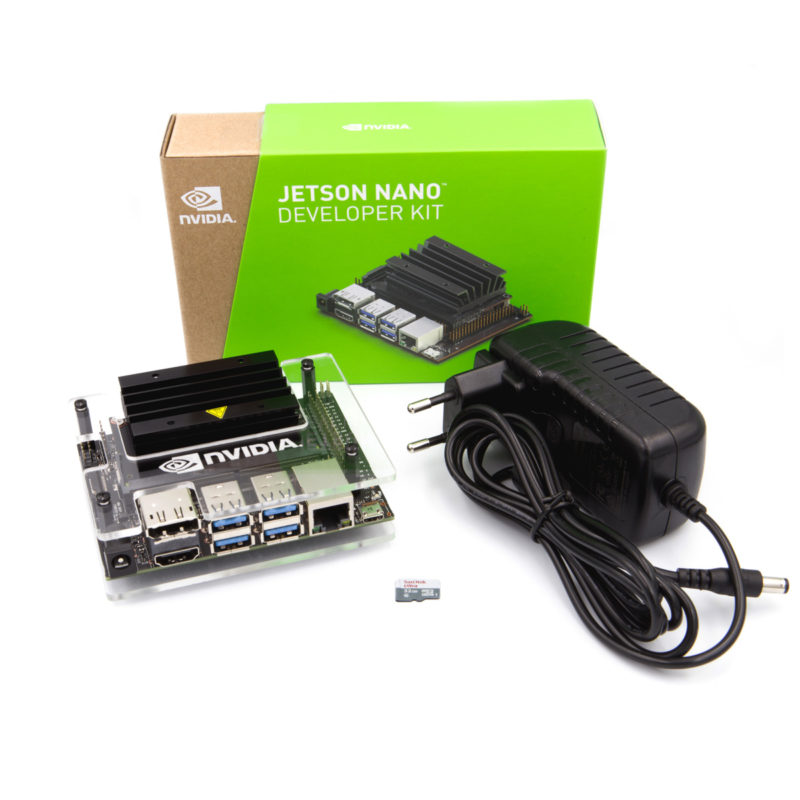The STEF01 is a 8V to 48V fully programmable universal integrated electronic fuse optimized for monitoring output current and the input voltage on DC power lines.
When connected in series to the main power rail, it is able to detect and react to overcurrent and overvoltage conditions. When an overload condition occurs, the device limits the output current to a safe value defined by the user. If the anomalous overload condition persists, the device goes into an open state, disconnecting the load from the power supply.
The device is fully programmable. UVLO, overvoltage clamp and start-up time can be set by means of external components.
The adjustable turn-on time is useful to keep the in-rush current under control during startup and hot-swap operations. The device provides either thermal latch and auto-retry protection modes, which are selectable by means of a dedicated pin.
The STEF01 provides a gate driver pin for an external power MOSFET to implement a reverse-current blocking circuit. The intervention of the thermal protection is signaled to the board monitoring circuits through a signal on the fault pin.
Key features
- Operating input voltage range: 8 to 48 V
- Absolute maximum input voltage: 55 V
- Continuous current typ.: 4 A
- N-channel on-resistance typ.: 30 mΩ
- Enable/fault functions
- Output clamp voltage: adjustable from 10 to 52 V
- Programmable undervoltage lockout
- Short-circuit current limit
- Programmable overload current limit
- Adjustable soft-start time
- Latch or auto-retry thermal protection
- Maximum allowable power protection
- Power Good
- Drives an optional external reverse current protection MOSFET
- Operating junction temperature -40 °C to 125 °C
- HTSSOP14 package
more information: www.st.com


